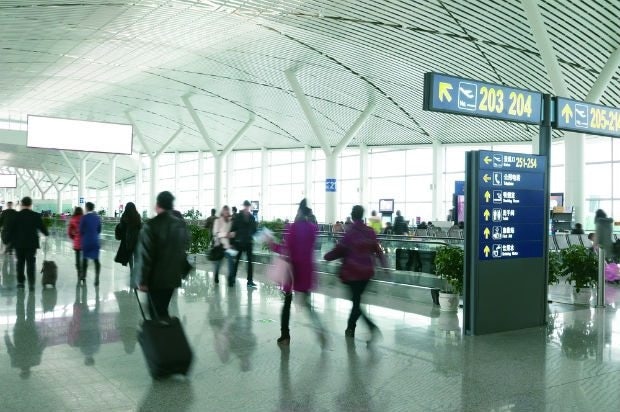
A new report by travel technology group Amadeus has a cautious outlook on the future growth of luxury trips taken by Chinese consumers based on the repercussions of China's ongoing anti-corruption crackdown.
The report, which looked at high-end travel trends across the globe, found that China’s luxury outbound travel market will experience larger overall double-digit growth at 12.2 percent compared to Europe's until 2025. However, that growth will slow during this time period, while Europe's will continue to steadily rise. The projected compounded annual growth rate for Europe until 2025 is 6.7 percent, while it's 5.9 percent in the Asia-Pacific region.
The trend, according to Amadeus, is attributed to China's slowing economy, but also to a likelihood that Chinese travelers will be hesitant to over-expose their riches. “Fewer people want to be perceived as ultra-rich and attract scrutiny—as illustrated by the nation’s declining private jet market,” the report said. “In other words, luxury travelers in China are more conscious about flaunting their wealth, and will make travel choices accordingly.”
The study was conducted on the global luxury industry by region in conjunction with data and projections by consulting firm Tourism Economics. Luxury travelers were defined as those who made outbound trips and had a household annual income of $150,000 or more.
Despite the fact that China’s growth rate will slow, the report finds that industry experts recognize that the Asia-Pacific region, particularly China, is still driving “some of the fastest growth in the luxury travel market” and therefore luxury hospitality and travel brands need to take note of what motivates them.
Among the findings was an indication that the number of business-class trips coming out of Asia has shown the biggest increase over the past five years, while first-class flight bookings in the region have dropped during the same period of time.
“Understanding what drives their travel behavior and providing a personalized experience will be critical for travel providers,” Hazem Hussein, the executive vice president for commercial airlines at Amadeus Asia Pacific said in the report.
One notable global trend highlighted in the report that has been specifically prevalent in China is the demand for experiential travel. Last year's Hurun survey revealed that Chinese travelers are increasingly seeking out more exotic places to visit—34 percent of ultra-wealthy travelers polled trekked to the South Pole during Spring Festival 2015—and putting more weight on ensuring their vacation activities are memorable instead. Thus, according to the report, luxury brands that succeed in appealing to these needs will be the ones that “strike the right emotional chord with consumers” as opposed to placing utmost importance on the material items offered.
The fact that an increasing number of travelers in China are foregoing the pre-packaged tour in favor of independent travel suggests it's also critical that luxury brands strike a balance between giving these travelers the traditional amount of attention and assistance and providing them the space they seek to flourish on their own. One way of doing this is recognizing when to cater to needs that are “high-touch,” or demanding human interaction, versus “low-touch,” or prioritizing seclusion.
A clear example of this is in a case study in the report in which a businesswoman from Shenzhen was traveling with her eight-year-old daughter and exhibited a mix of “high-touch” and “low-touch” interactions with her travel assistant at different parts of her journey. Toward the beginning of the trip, the parent requested her assistant accompany them at all times and plan out visits to comic book shops and toy stores for the child, and she wanted VIP service for getting through the airport. However, after her trip was over, her requirements were “low-touch”—she didn't want a follow-up call from her trip planner and simply desired “to be left alone.”
Travel brands are already finding ways to adapt their services to luxury travelers like this around the globe. The Wellesley hotel in London uses a WhatsApp number aimed for younger vacationers who prefer to use mobile technology to make reservations and want to talk to the hotel directly and efficiently. In a low-touch case, a tech company developed a chip for linen towels that can alert housekeeping whether they need cleaned so that travelers don't have to. These innovations can easily be adapted for Chinese travelers, and companies aiming to appeal to them should be prepared to take a multi-pronged, outside-the-box approach to hospitality.